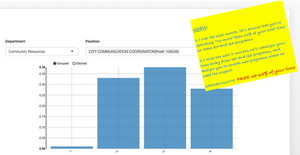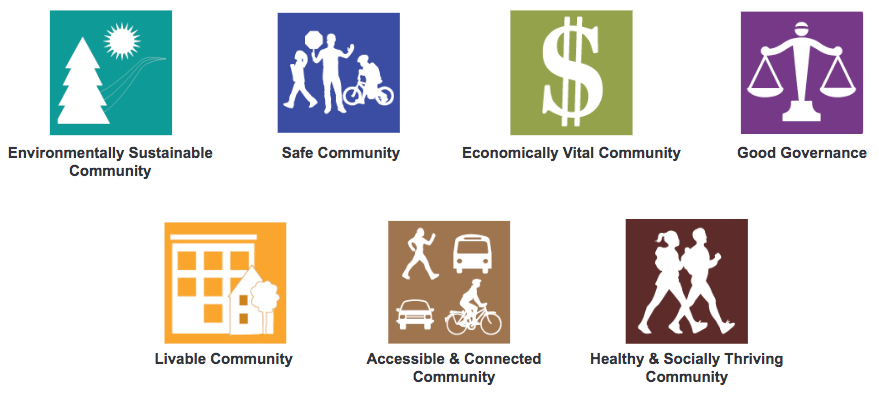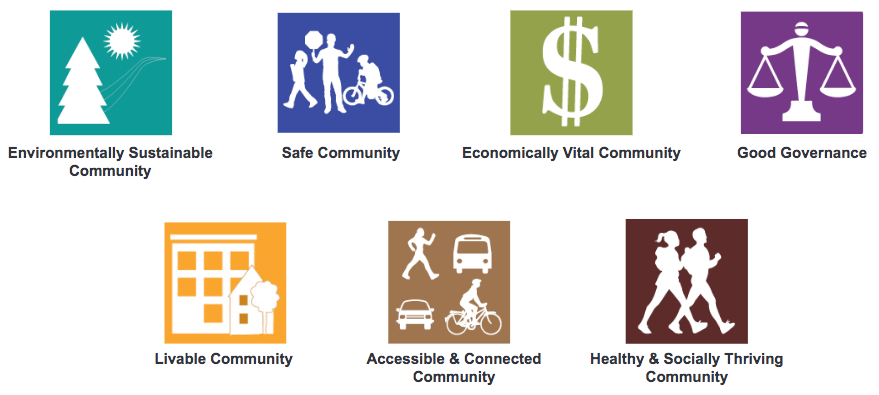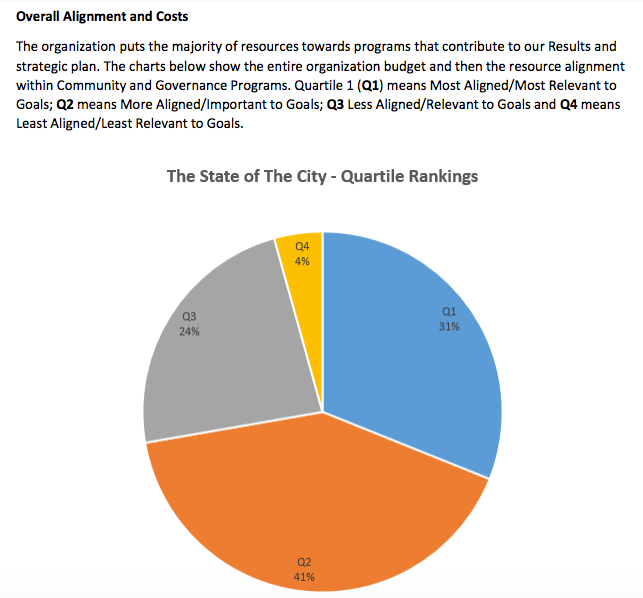To many, priority based budgeting (PBB) is primarily a tool to prioritize services (programs) in a budget cutting environment. While this certainly is a rational application of PBB during lean times (creating agreement on difficult decisions), the truly remarkable breakthroughs coming from PBB communities today are the rapid and substantial reallocation of vast amounts of resources.
Reinventing Government co-author Ted Gaebler inspired us in is “Reinventing Government – 20 years later” speech. He suggests that the greatest source of new resources for any of our communities is not necessarily new revenue, but freeing up our own staff from programs that are less aligned with results, and re-allocating them to the the new programs we desire to launch, or the programs that need additional staffing.
Today’s PBB communities, are doing exactly that!
We invite you to enjoy the following video – Freeing up FTE with PBB
Here’s the Concept:
Many departments find this to be among the most practical ways to “reallocate resources” and make substantial positive change, without laying off staff and without making drastic changes to the programs they offer. This is the most fundamental approach to tackling service level adjustments, by reallocating staff time away from lower priority programs, and towards higher priority program staffing needs.
Consider the Applications:
Several applications have emerged with the use of this analysis approach, including, but not limited to the following:
· Provide for Needs for Staffing Increases - when a department needs additional staff and new FTE, they can first review current staff allocations, and ask themselves if they can free up and reassign current staff who are serving Q4 and Q3 programs.
· Succession Planning - traditional succession planning places focus on grooming staff to fill an entire “Position” left vacant. This approach refocuses succession planning on only filling the “high-priority time” (Q4 and Q3) left vacant by the retiree. PBB organizations realize enormous savings when they make this shift - as the replacement needs are dramatically reduced.
· Talent Management - another great approach is to focus on highly talented and productive staff members who are currently serving lower priority programs, and reallocating their time to high priority programs. This victory is two-fold: 1.) the department is able to reward their current staff with this re-assignment of responsibilities, and 2.) the department optimizes their use of all human resources (avoiding the need to hire new staff).
· Vacancies - similar to the approach to Succession Planning, this transforms our approach to filling any/all vacancies. PBB organizations leave vacancies unfilled when they occur in Q4 and Q3 programs, taking advantage of natural attrition. Some organizations have taken the opportunity to reclassify position titles when the position itself is determined to be outdated or less relevant - reclassify the position by giving the current job title back, and retitling the position.
Approach for Departments: department heads have incorporated this into quarterly staff reviews, and weekly staff meetings. Supervisors pull up the employees time allocation, print it out, and set goals with each of their staff (see below) to migrate their time away from Q4 and Q3 programs, opening up the door to reassign staff to new programs in need of staffing increases.

Stay tuned for more videos to see PBB in action, including:
Online PBB and InstaPBB – Rapid and efficient deployment of the Online PBB budgeting platform completely unique to your organization.
Priority Based Business Planning and Budgeting - Your PBB budget process provides a tool for allocating resources within a broader and all encompassing Strategic Plan and Business Planning framework.







